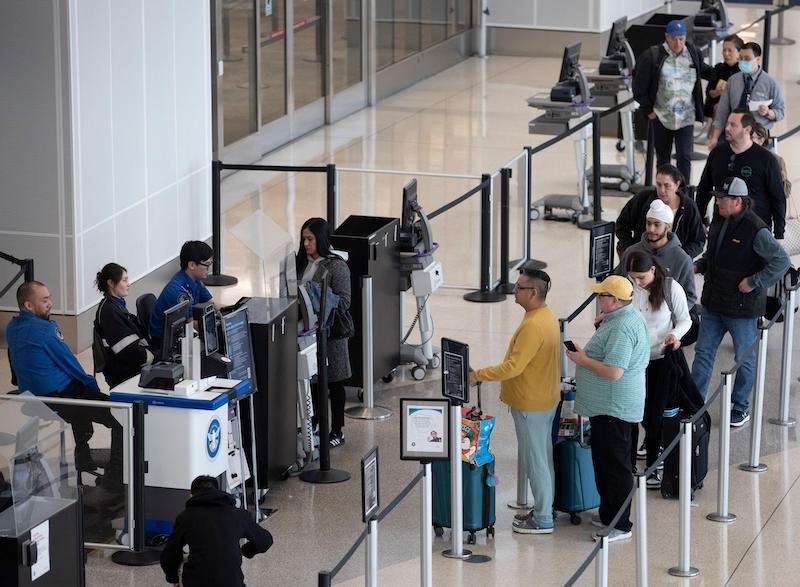
Hawaii has become the latest U.S. state in which domestic passengers can use digital identification (ID) cards, including digital driver’s licenses, to move through a Transportation Security Administration (TSA) screening checkpoint.
Hawaii has started allowing residents to add a driver’s license or a state identification card to Apple iPhones and Apple Watches, enabling them to present a digital ID “in person at businesses and organizations with compliant mobile ID readers” rather than a physical card, according to the Hawaii Transportation Department (HDOT).
At Honolulu Inouye International Airport (HNL), passengers moving through the Terminal 1 TSA checkpoint now have the option of presenting a digital ID. Terminal 1 handles only domestic flights within Hawaii or to and from the mainland U.S. At Terminal 2, which handles all of the airport’s international flights, the digital ID option has not been rolled out.
TSA said in a statement it is using a Credential Authentication Technology, known as CAT-2, that is equipped with digital ID readers and cameras. The machine “takes a photo of the passenger that compares the traveler’s photo on the digital ID against the in-person, real-time photo,” the agency said. “Once the CAT-2 confirms the match, a TSA officer will verify, and the traveler can proceed to security screening without ever exchanging a boarding pass or physical ID.”
TSA noted that “officers can perform additional passenger verification if needed.”
Other than Hawaii, U.S. states issuing digital IDs acceptable to TSA—where checkpoints have the proper CAT-2 equipment—include Arizona, California, Colorado, Georgia, Iowa, Maryland, New York, Ohio and Utah.
Nanea Vasta, TSA’s federal security director for Hawaii, said the agency worked closely with HDOT to allow for digital IDs to be used at HNL. “This is another way of integrating technology into the aviation security process at no additional cost to the passenger,” she said. “We have taken great care to ensure that use of the digital ID can be done so securely and privately when traveling.”
While the use of biometric facial recognition photos is becoming common at TSA checkpoints, the agency allows all passengers to opt out and use a more traditional identification verification process if they choose. “Photos captured by CAT units are never stored or used for any other purpose than immediate identity verification,” TSA said.
The agency said it plans to deploy CAT-2 units at checkpoints at other Hawaii airports starting this month.





